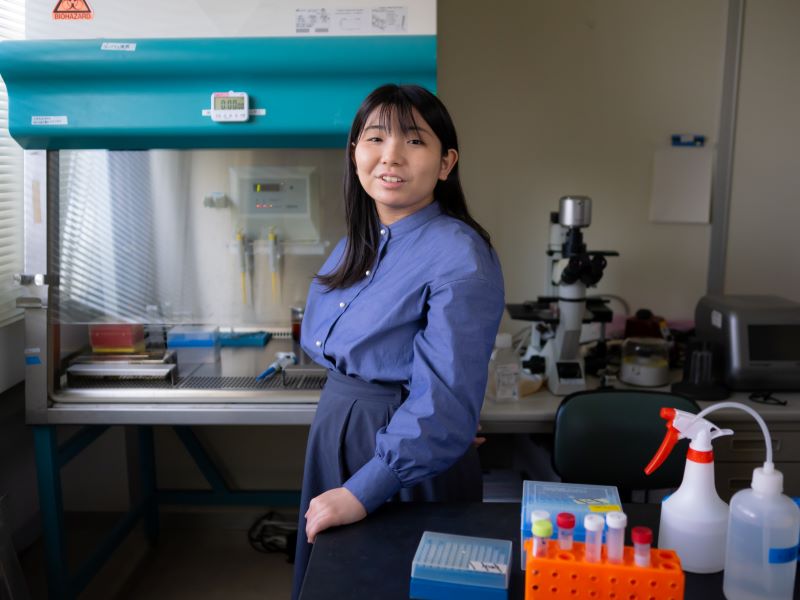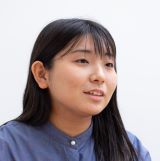Interdisciplinary knowledge broadened my perspective on research
Detecting antigens using fluorescent probes
Currently, there are some defects in the method of detecting antigens in clinical diagnosis – for instance, it is time-consuming and not quantitative enough. I conducted research in creating sensors that can detect antigens quickly and quantitatively by bonding fluorescent probes with antigens. This technology is expected to improve the speed and accuracy of diagnosis, but there are some hurdles for practical applications.
One such hurdle is that some antigens are suitable for censor, but some others are not. In order to solve this issue, I wanted to utilize machine learning to analyze information on antigens coherently so that I could find the right antigens suitable for sensing effectively. For this purpose, I registered with WISE-SSS, which offers such knowledge and technology.
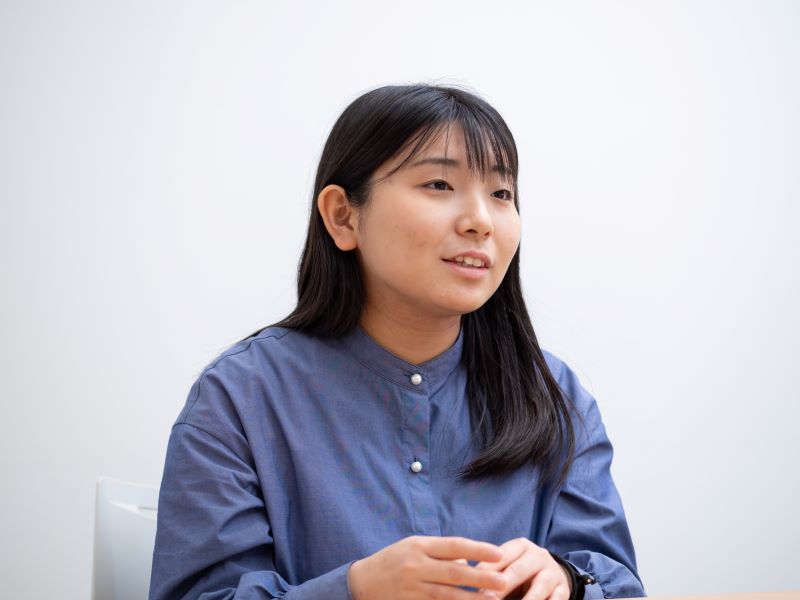
My goal is to become a researcher, creating my own way by using broad knowledge
WISE-SSS aims at interdisciplinary research, and the curriculum is made to let us study a wide variety of areas, such as AI and quantum science. Although I did not reach the point of utilizing them in my research, I learned the basic knowledge of various fields to broaden my perspective on research.
In the internship, I designed an artificial enzyme by using molecular dynamics simulation. It was impressive to be able to actually experience the process of problem-solving through interdisciplinary research in biology, physics, and computer science. From this April, I will take part in biodevice research in an electrical manufacturer. Utilizing the biology knowledge I have acquired, I wish to become a researcher who can create one’s own way, with a wide range of choices for problem-solving.
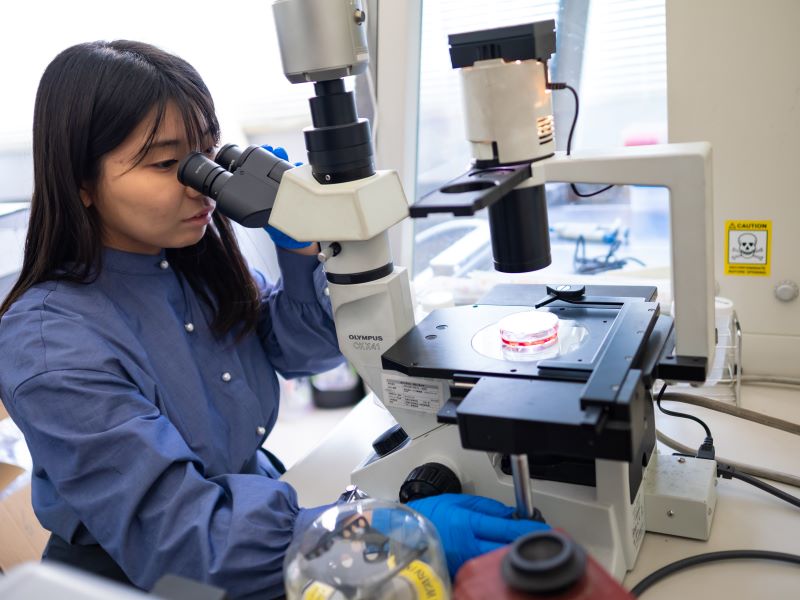
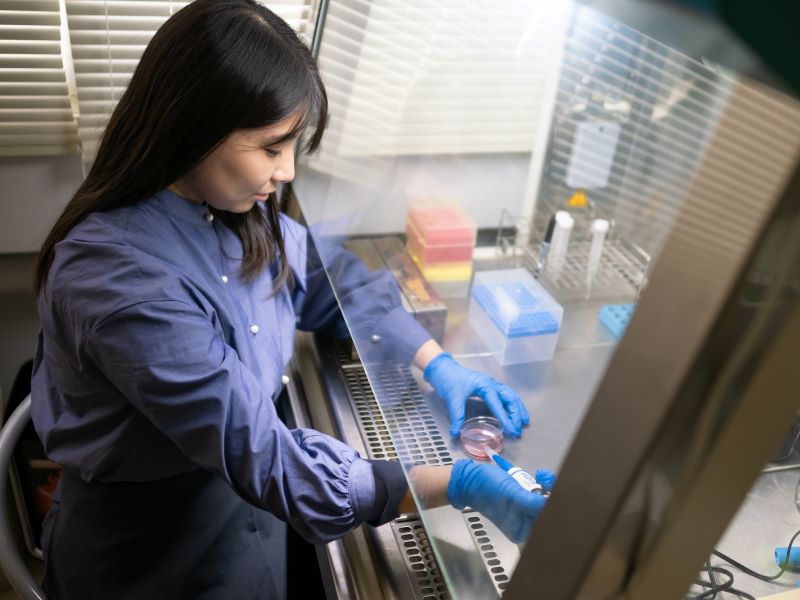
Profile
Kana Sasamoto
Sasamoto was born in 1996 in Kanagawa Prefecture. She completed her undergraduate course at the Department of Material and Life Chemistry, Faculty of Engineering, Kanagawa University in 2019. She completed her master’s program at Human Centered Science and Biomedical Engineering Course, Department of Life Science and Technology, School of Life Science and Technology, Tokyo Institute of Technology
